Long Put
Long Put option is the most basic & simplest strategy. It is recommended or implemented when we expect the underlying asset to show significant downside move.
A long put is a basic options trading strategy where a trader purchases a put option, believing that the price of the underlying asset will decline before the option's expiration date. Buying a put option gives the trader the right, but not the obligation, to sell the underlying asset at the strike price until the expiration.
How It Works:
1. Buy a Put Option: The trader purchases a put option at a specific strike price, paying the required premium.
Potential Profit and Loss:
- Maximum Profit: The profit potential is substantial, with the upper limit being the strike price minus the premium paid (assuming the underlying asset could drop to $0).
- Maximum Loss: Limited to the premium paid for the put option.
Benefits:
- Profit from Declining Prices: Offers a way to benefit from a decrease in the price of the underlying asset.
- Defined Risk: The maximum possible loss is the premium paid, making it a defined risk strategy.
- Leverage: Allows a trader to potentially benefit from price declines without having to short the actual stock, often with less capital outlay.
Drawbacks:
- Time Decay: As expiration approaches, the option's time value decreases, which can erode potential profits if the underlying asset's price doesn't move as expected.
- Upfront Cost: The trader must pay the premium upfront, which is lost if the option expires worthless.
Example:
Imagine stock NIFTY is trading at ₹20000:
1. Buy a ₹19950 put option with a premium of ₹56.45.
If NIFTY drops to ₹19850 by expiration, the trader could exercise the option, selling NIFTY for ₹19850, leading to a profit of ₹43.55 (₹100 intrinsic value - ₹56.45 premium). However, if NIFTY remains above ₹19950 at expiration, the option expires worthless, and the trader's loss is the ₹56.45 premium paid.
In conclusion, a long put is a straightforward strategy favored by traders expecting a decline in an asset's price. It provides the potential for significant profit with a defined maximum risk (the premium paid).
Other Strategies
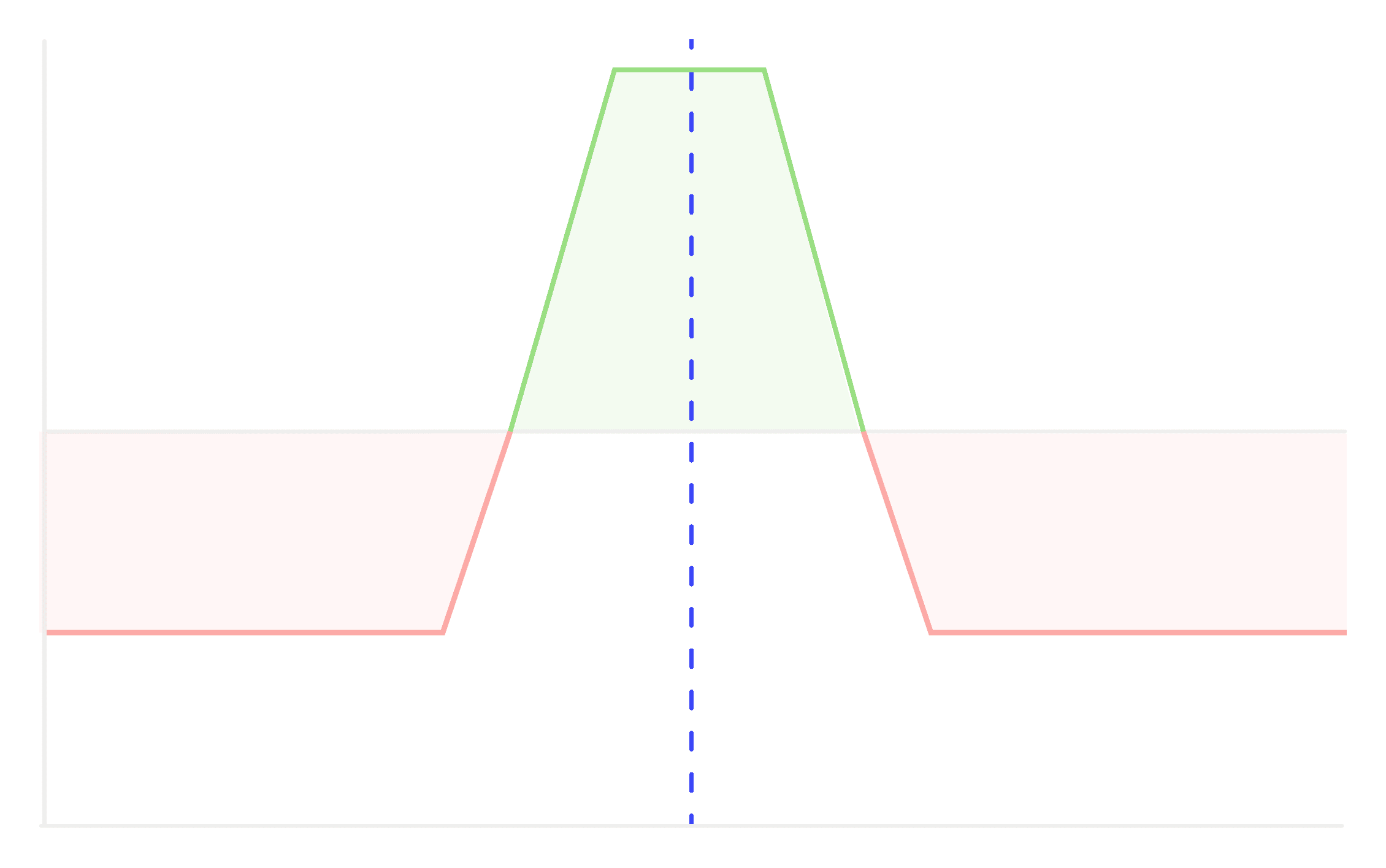
Iron Condor
A strategy designed to profit from low volatility in the underlying asset, combining a bullish put credit spread and a bearish call credit spread to it.

Iron Butterfly
This is a strategy which profits from low volatility in the price of the underlying asset while minimizing risk.
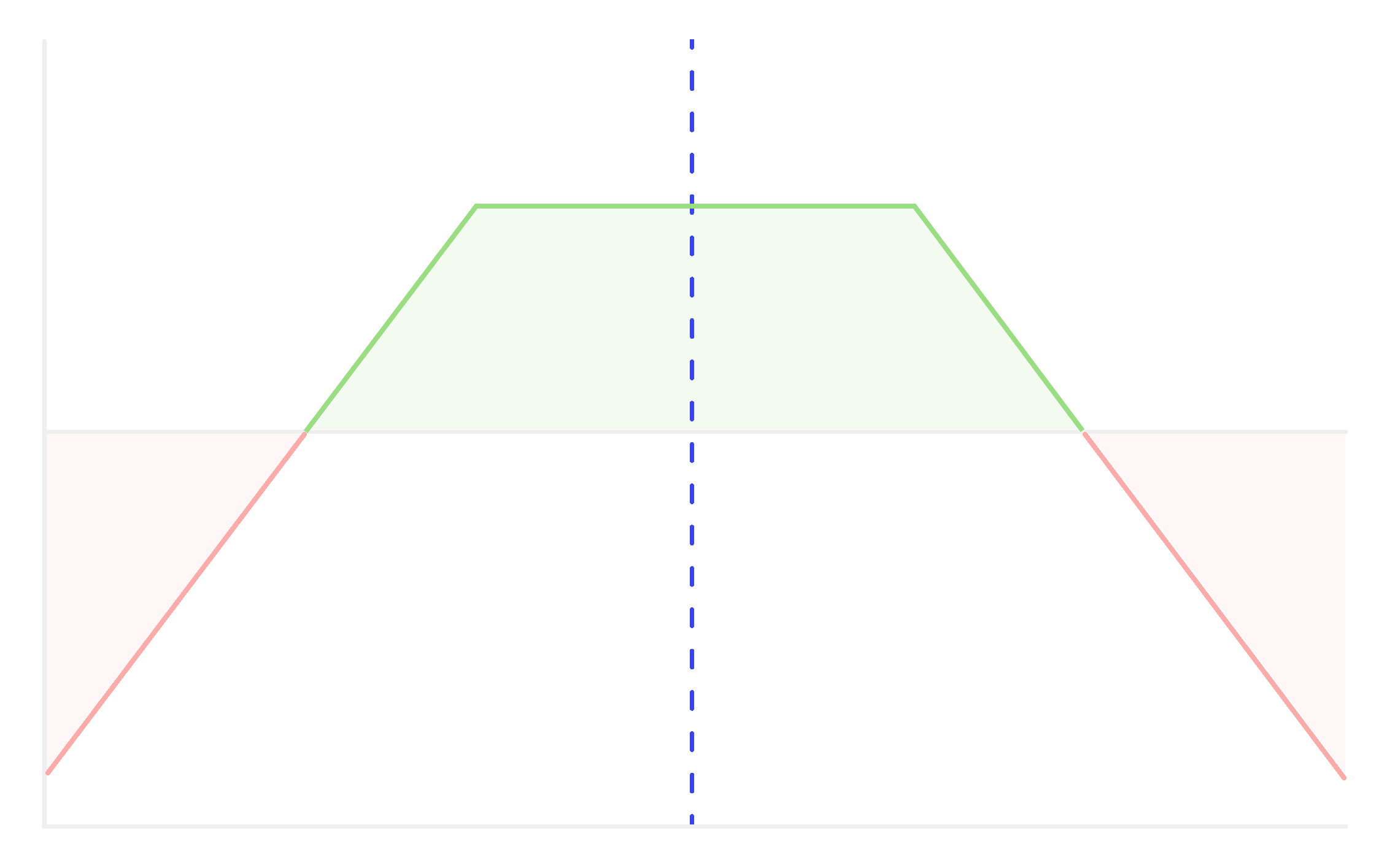
Short Strangle
A short strangle is a non directional trading strategy where an investor sells an (OTM) call option and put option on the same underlying asset simultaneously.
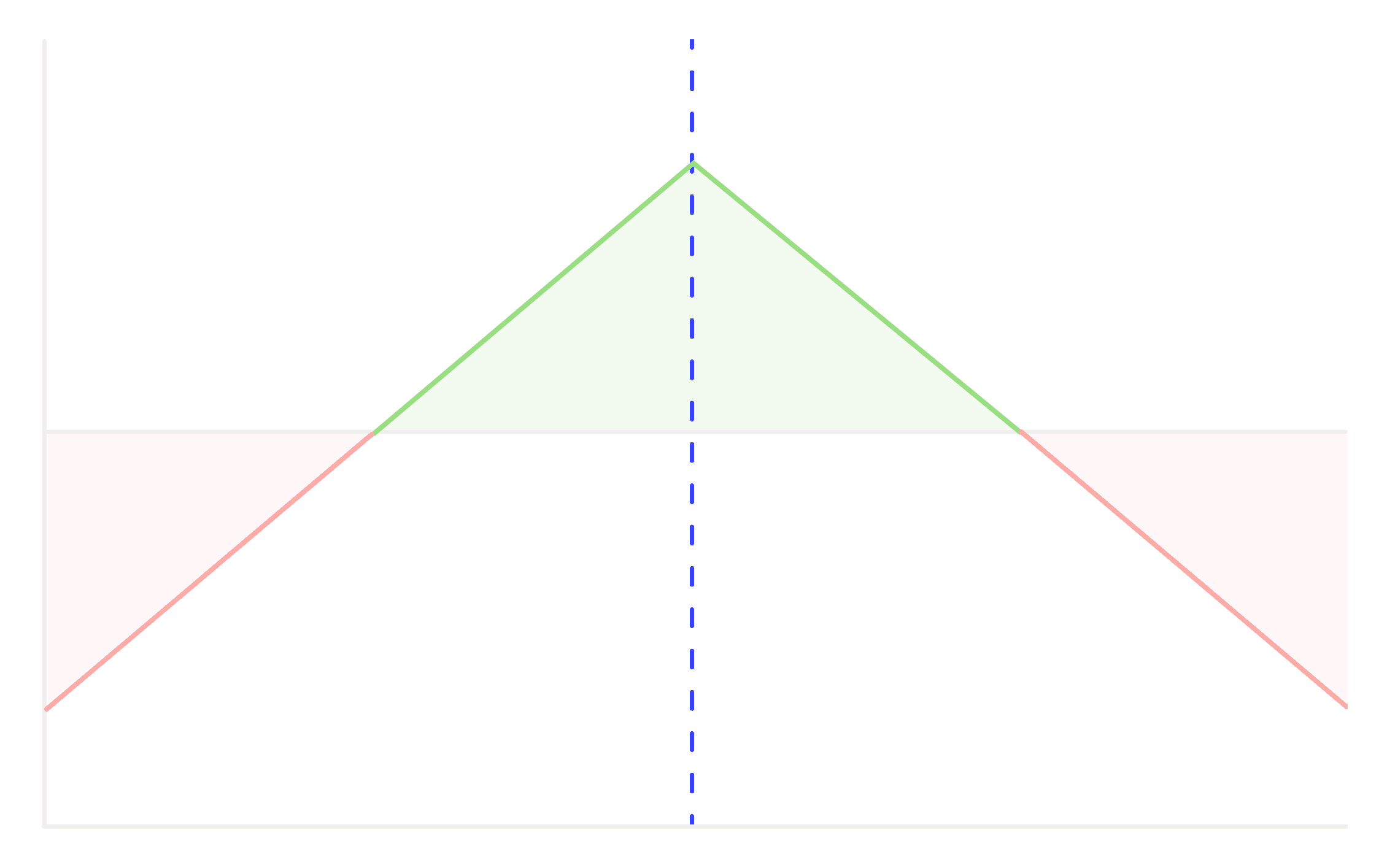
Short Straddle
A Short straddle is considered neutral or non-directional because it profits from minimal price movement in the underlying asset.
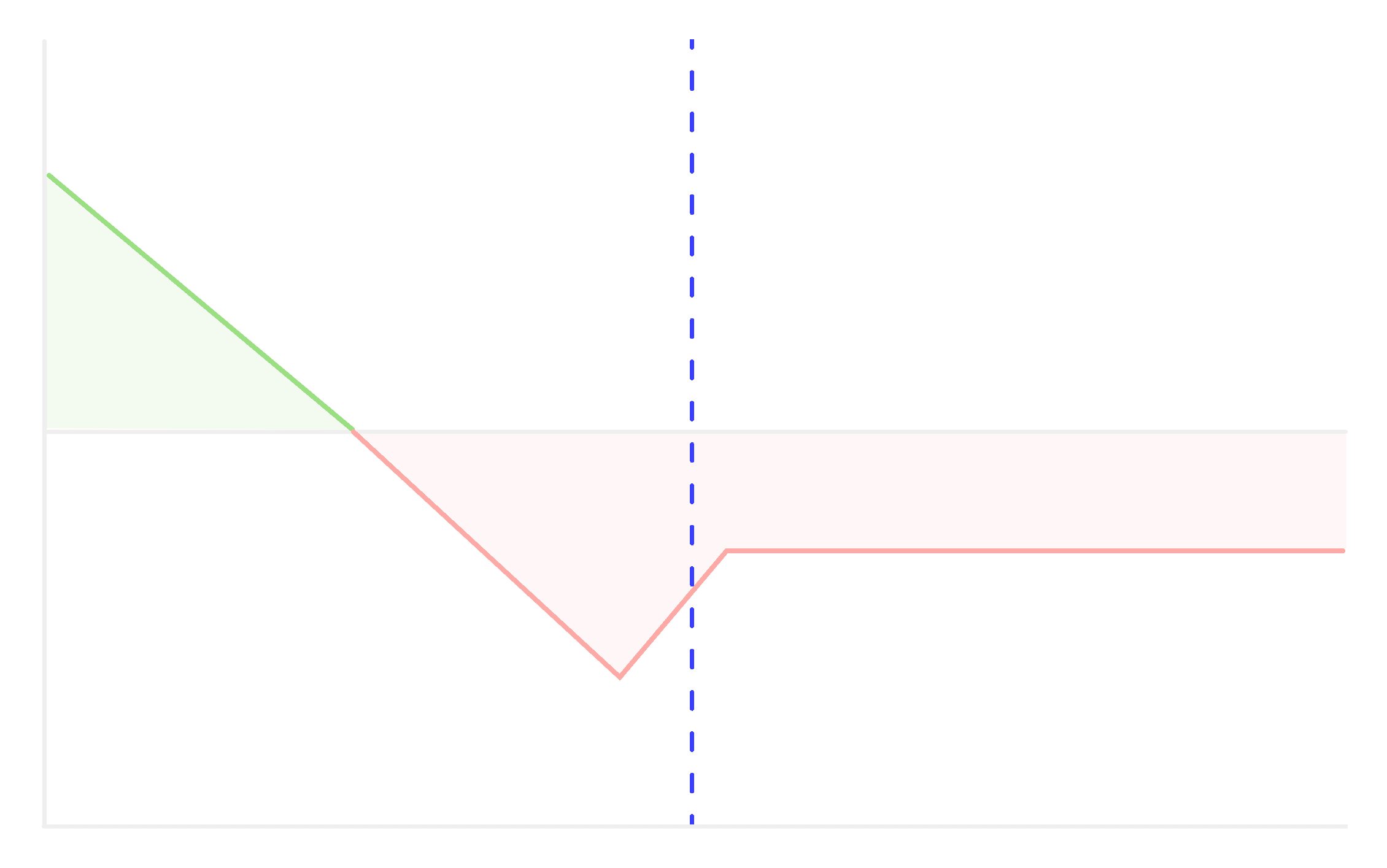
Put Ratio Backspread
The Put Ratio Backspread strategy involves selling and buying put options in a specific ratio.
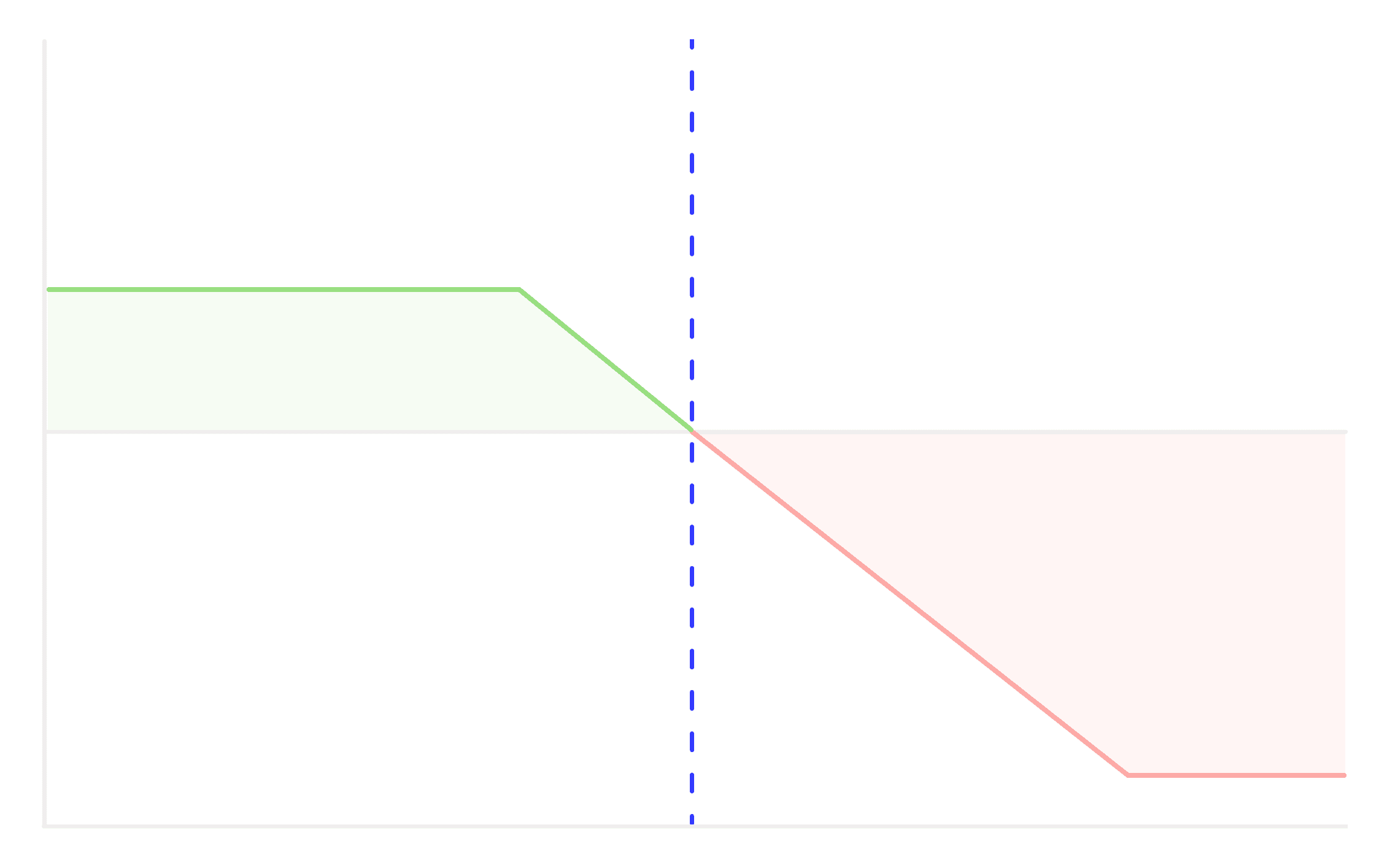
Bear Call Spread
A Bear Call Spread is an options trading strategy that's used when a trader believes the price of an underlying asset will go down, but not significantly.
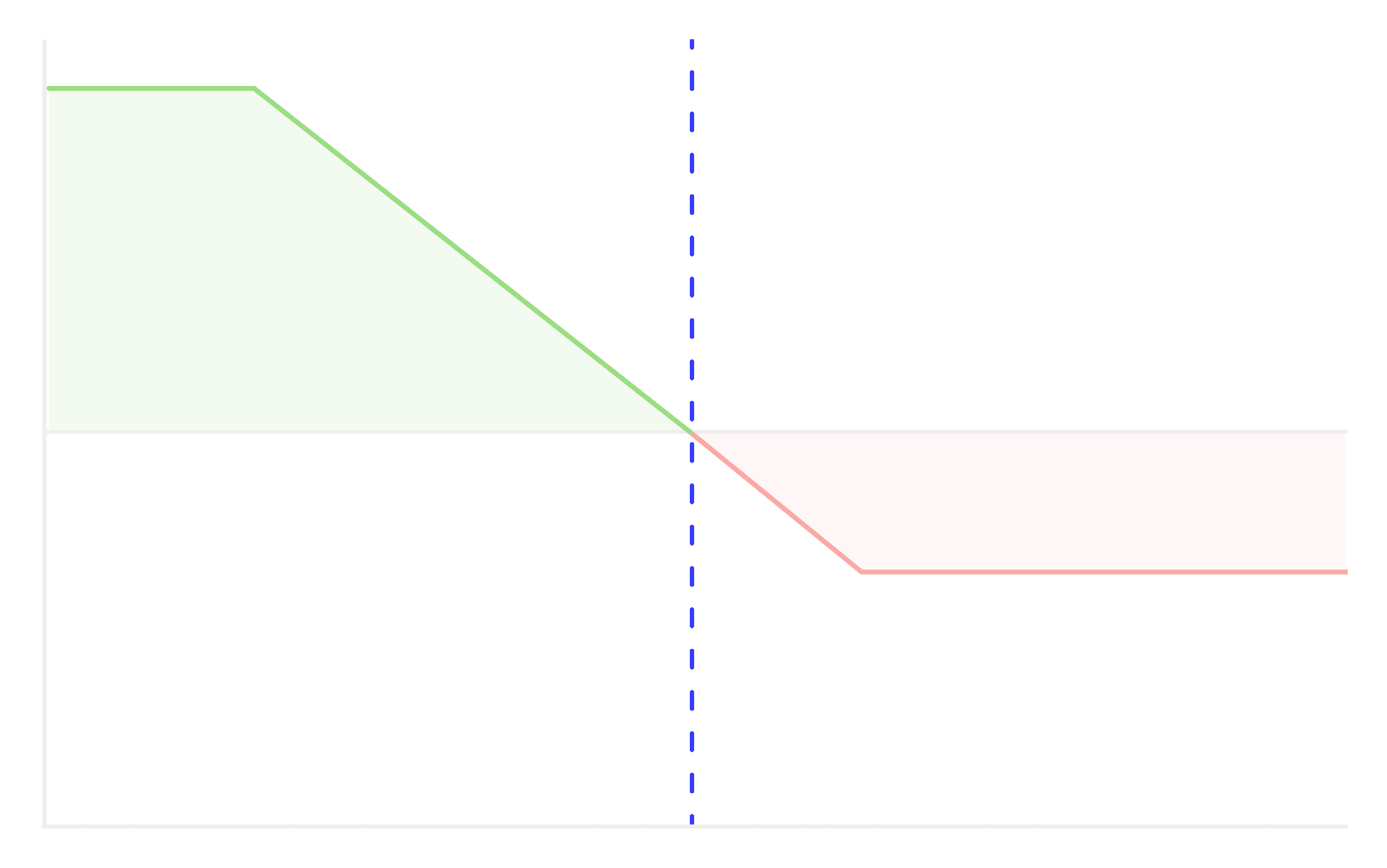
Bear Put Spread
A Bear Put Spread is a type of vertical spread strategy used in options trading.
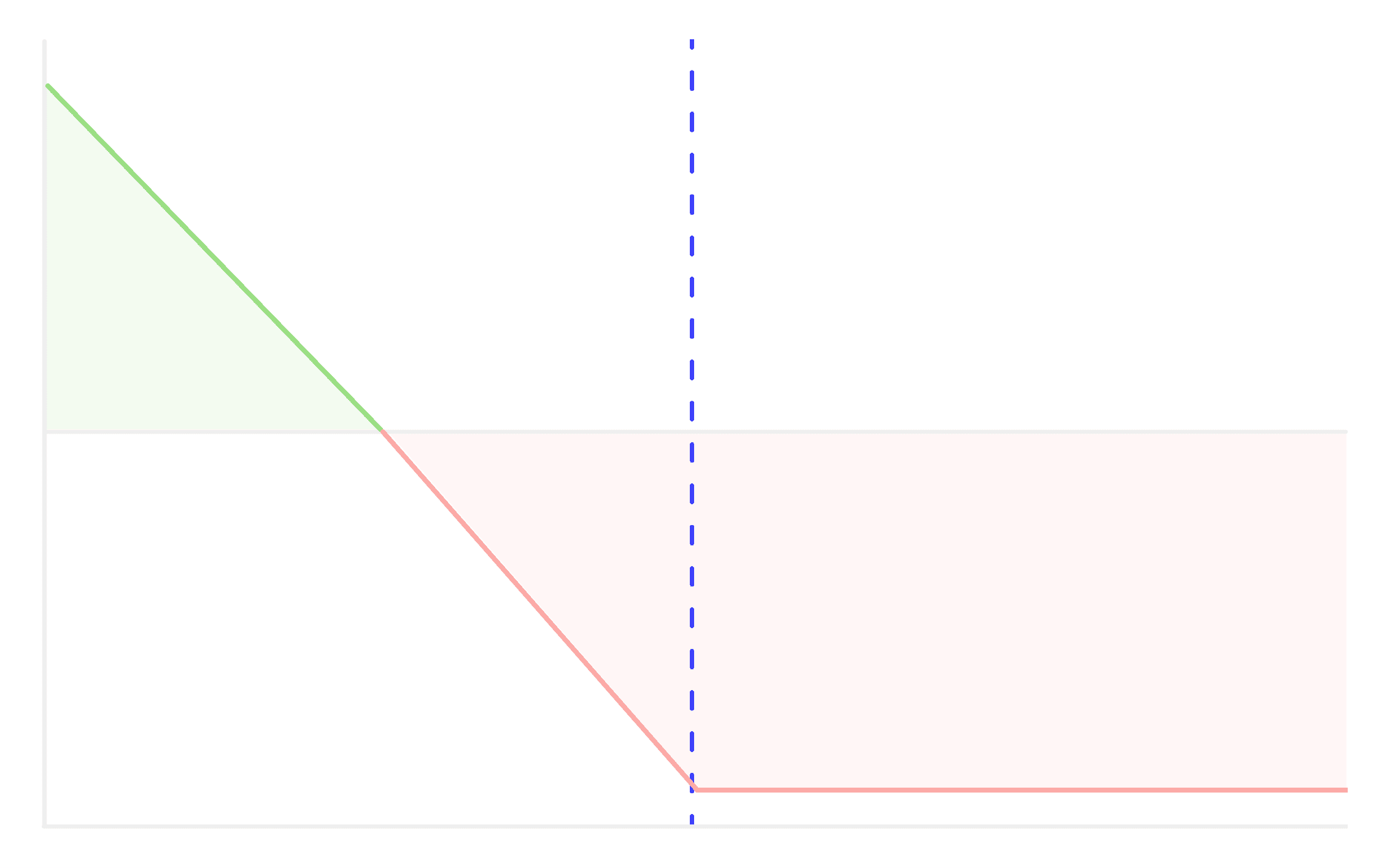
Long Put
Long Put option is the most basic & simplest strategy. It is recommended or implemented when we expect the underlying asset to show significant downside move.
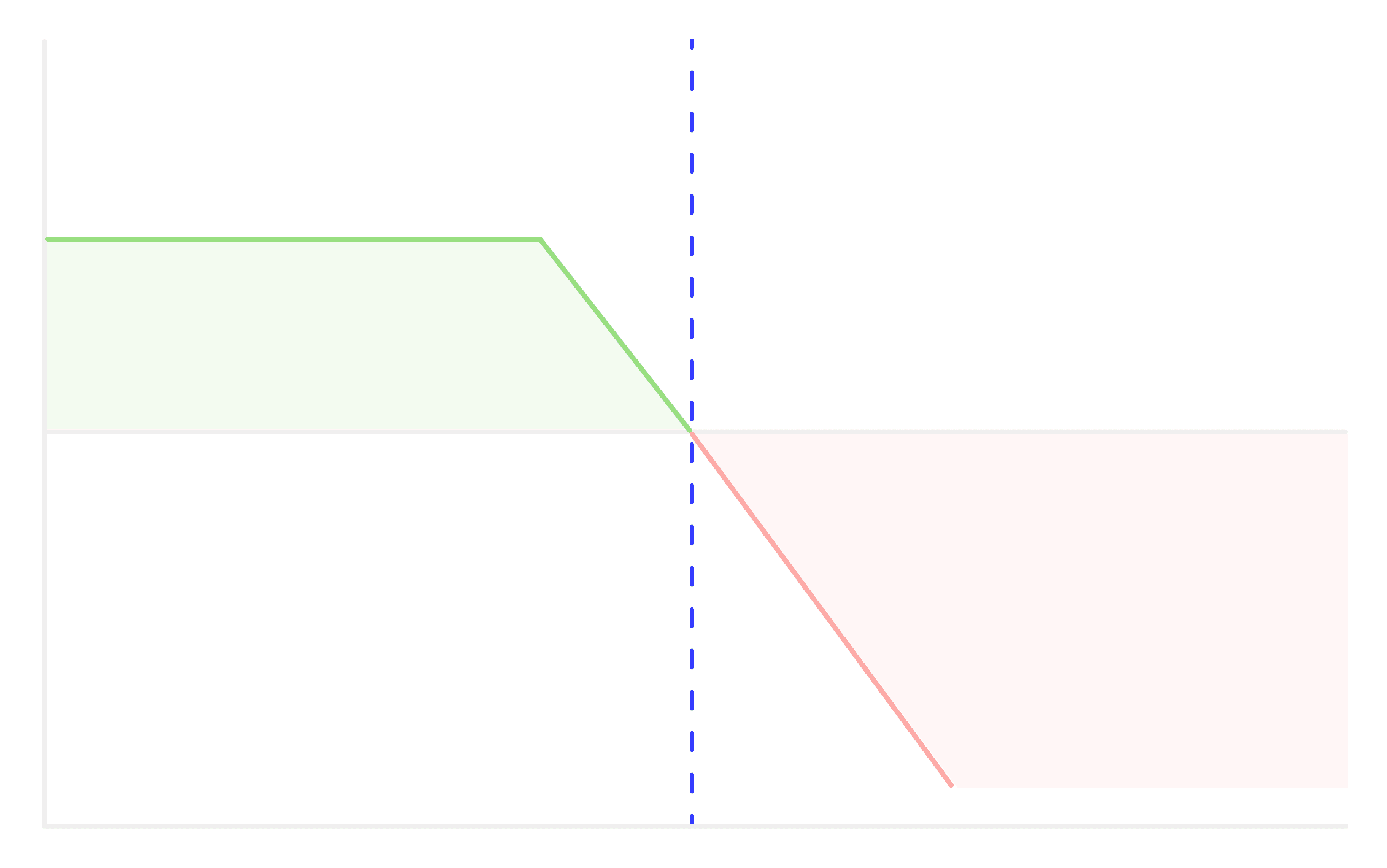
Short Call
Short Call strategy is employed in a bearish or neutral market outlook, where the underlying asset's price is expected to remain stable or fall.
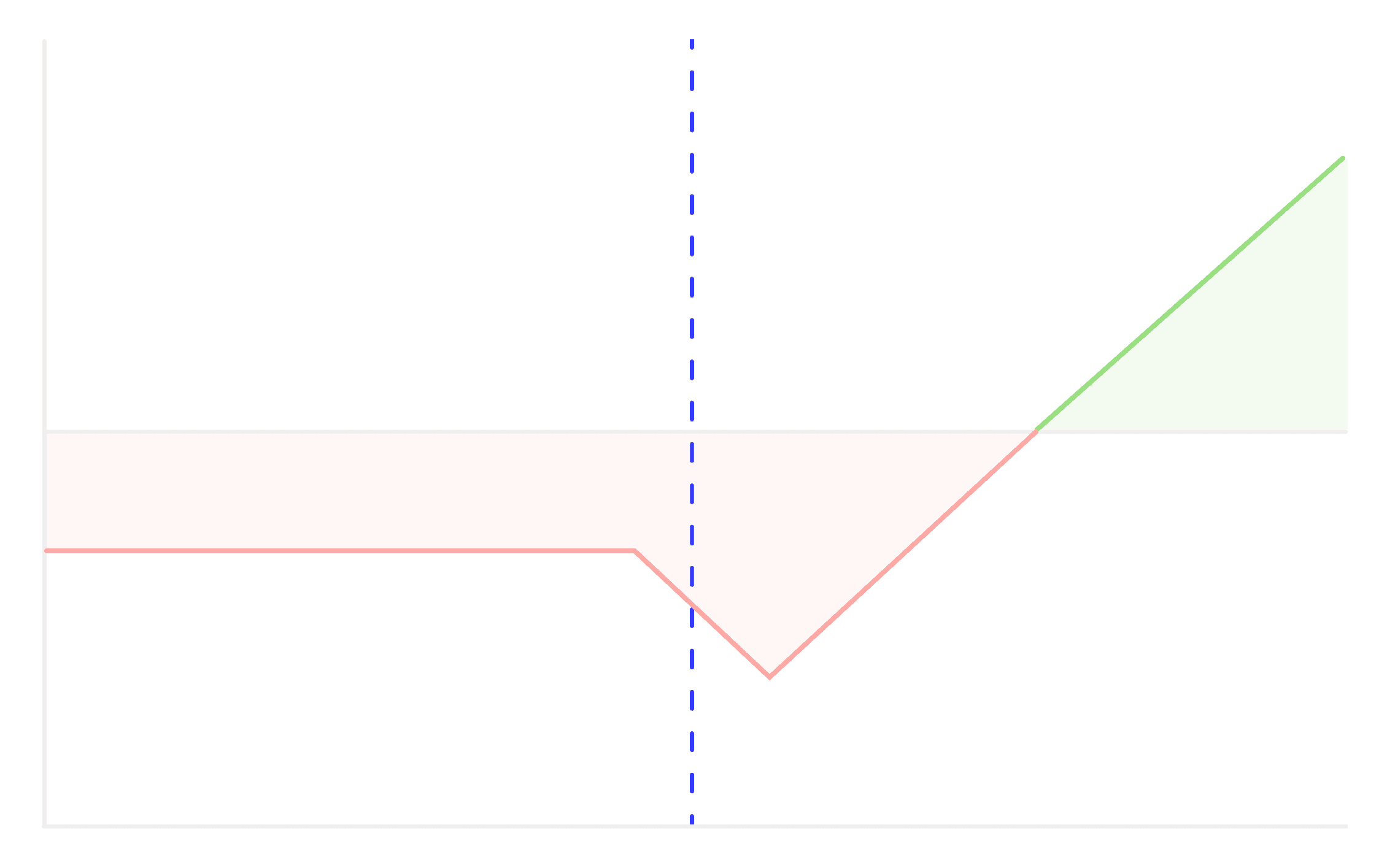
Call Ratio Backspread
The Call Ratio Backspread strategy involves selling and buying call options in a specific ratio.
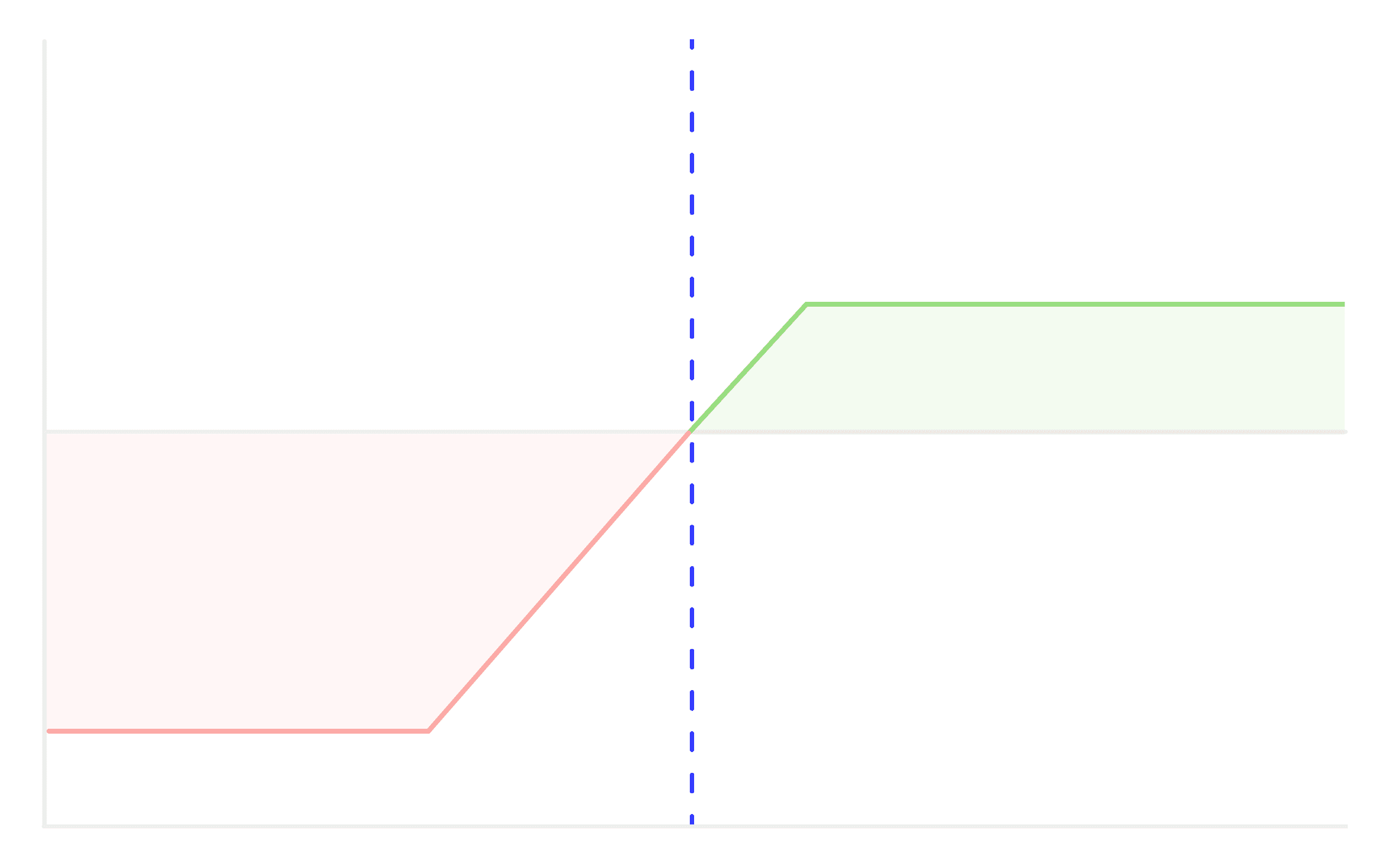
Bull Put Spread
A Bull Put Spread is a type of vertical spread strategy used in options trading
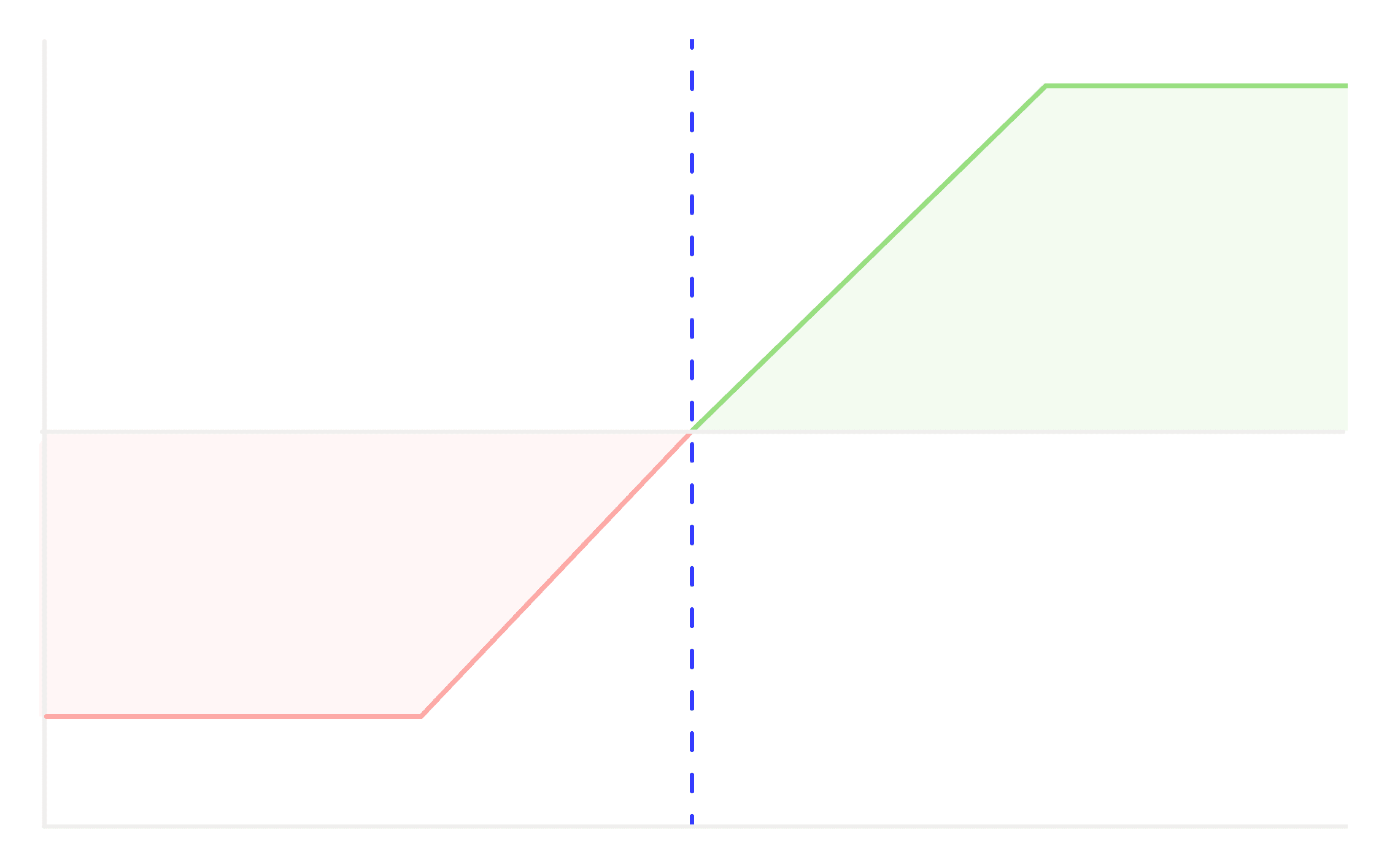
Bull Call Spread
A Bull Call Spread is an options trading strategy that's used when a trader believes the price of an underlying asset will go up, but not significantly.
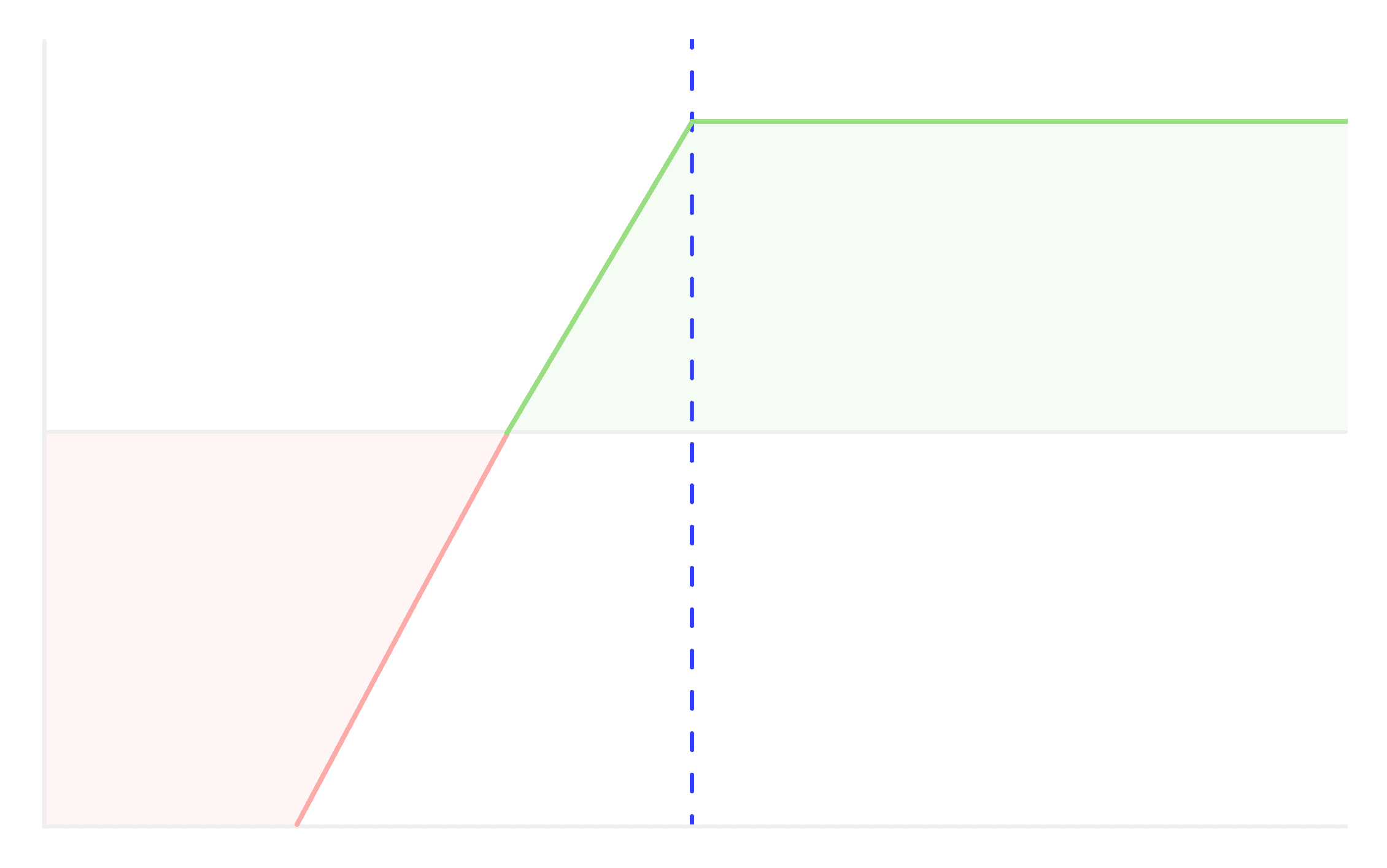
Short Put
Short Put strategy is employed in a bullish or neutral market outlook, where the investor believes that the underlying asset's price will remain stable or rise.
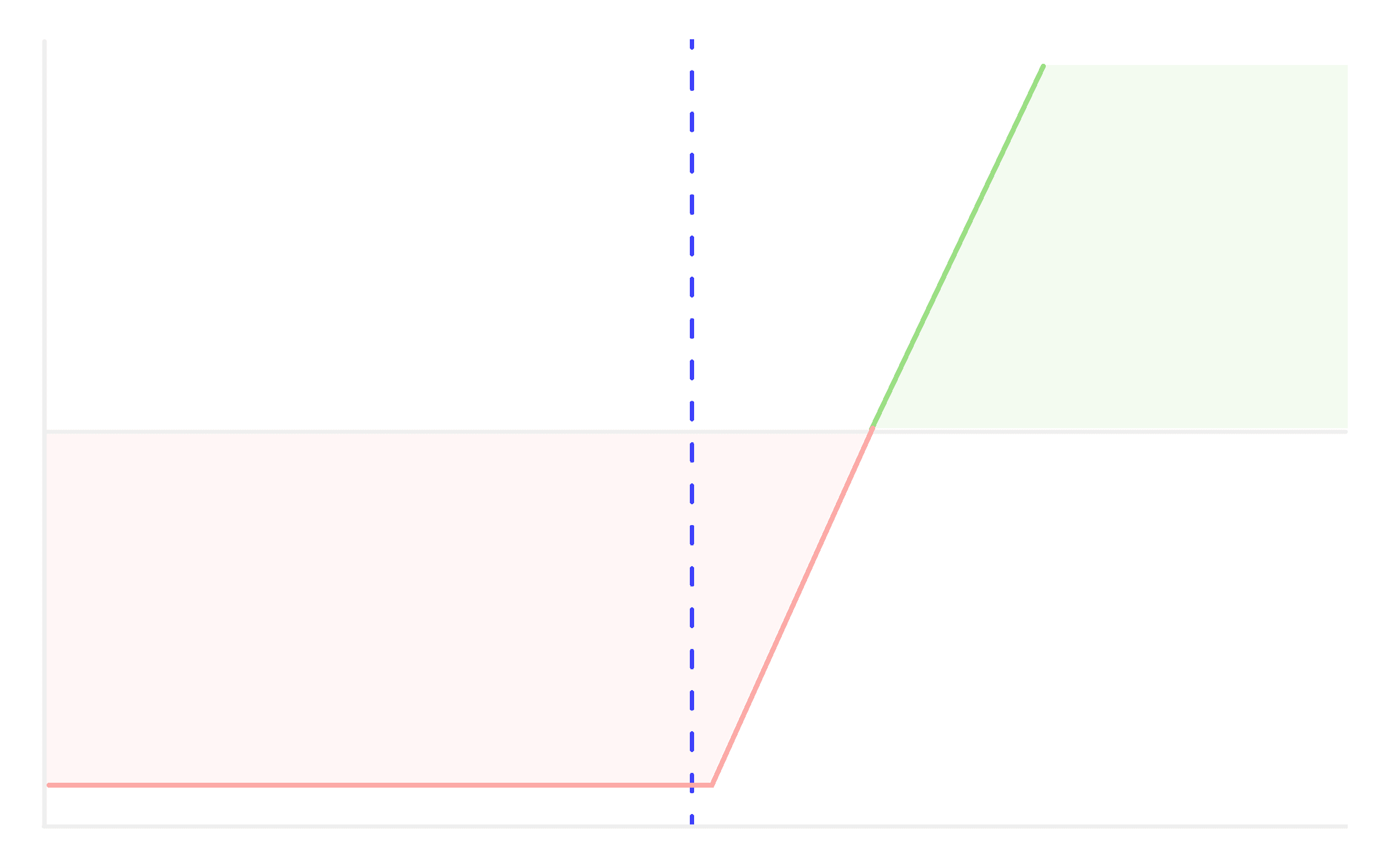
Long Call
Long Call option' is the most basic & simplest strategy. It is recommended or implemented when we expect the underlying asset to show significant upside move.
Don't let emotions take over your trades, take control now and become a tactical trader with 1lyOptions


